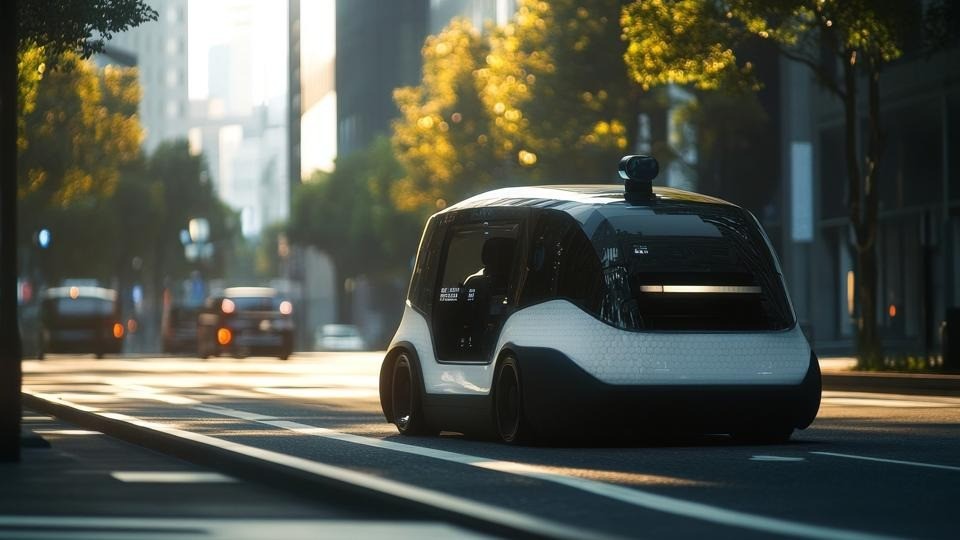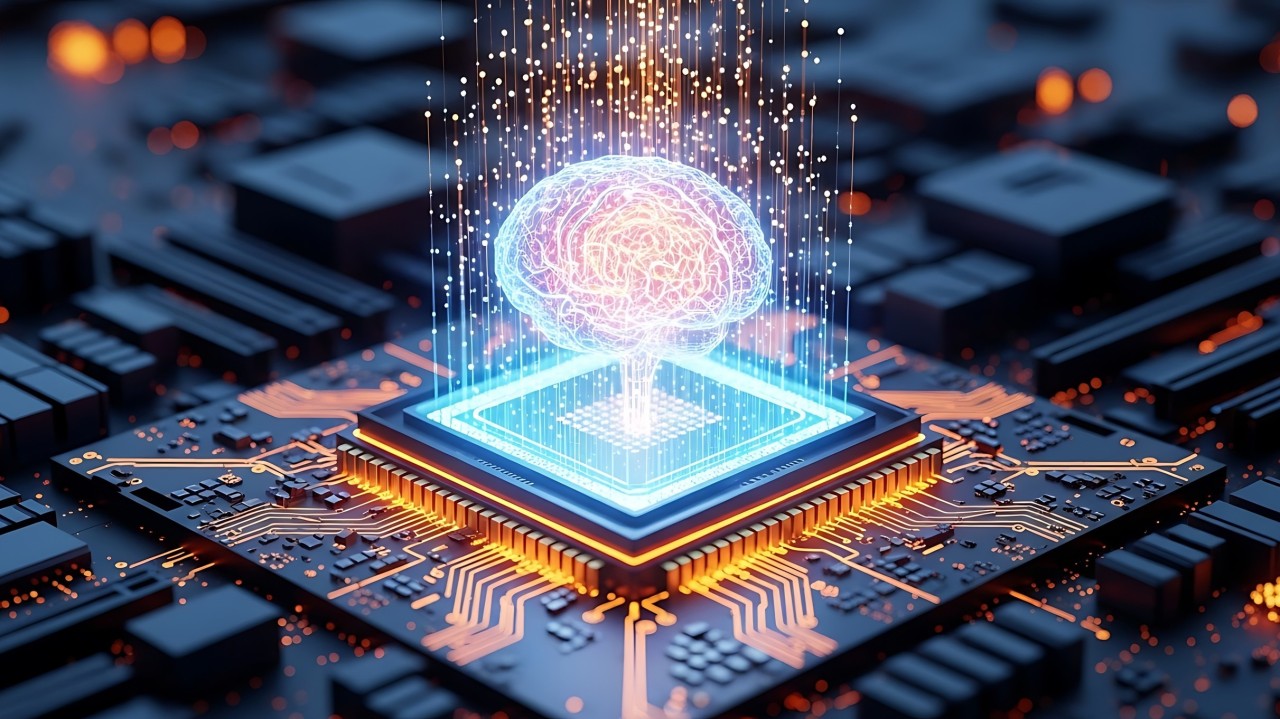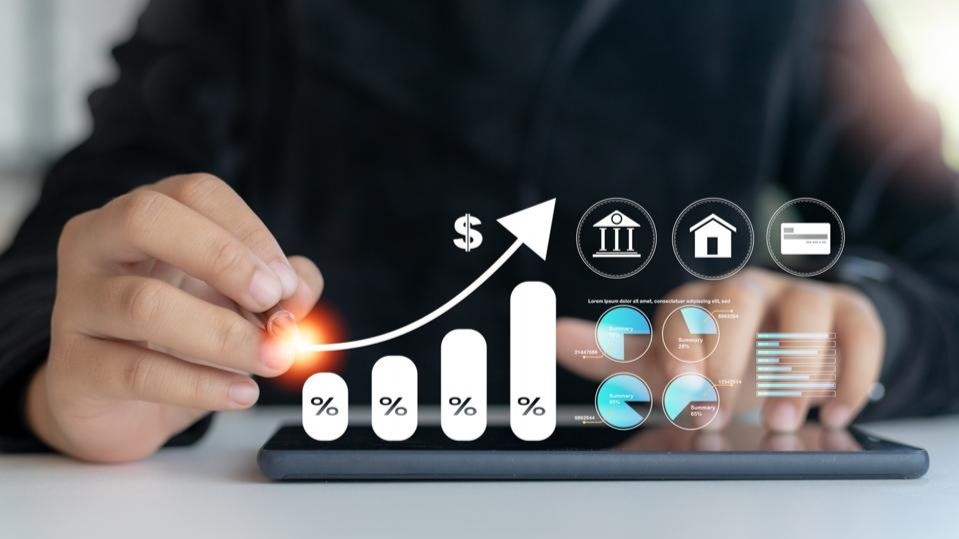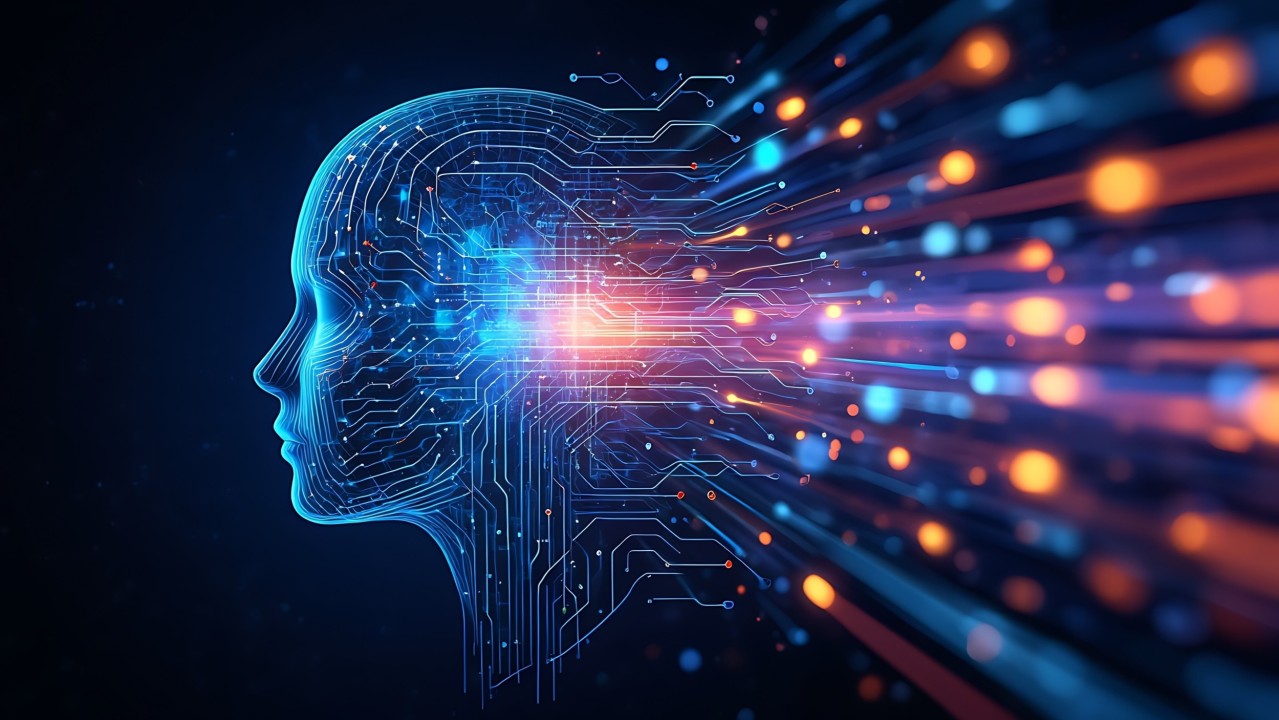The Internet Of Things (IOT) Will Be Massive: Here Are The 4 Predictions From IBM
2 July 2021
With the number of connected devices set to top 11 billion – and that’s not including computers and phones – in 2018, Internet of Things will clearly continue to be a hot topic.
 Will Be Massive In 2018 Here Are The 4 Predictions From IBM.png)
I had the chance to speak to Bret Greenstein, VP of IBM’s Watson IoT Consumer Business, who highlighted four key trends. Interestingly three of those trends were around convergence with other distinct yet highly correlated technologies. This underlines the principle that data is the fundamental ingredient of digital transformation. The technologies predicted to make big waves in the coming year – including IoT, artificial intelligence, blockchain and edge – are all methods of collecting, analysing and storing information.
AI will make the IoT smarter and more productive to work with
Artificial Intelligence (AI) is undoubtedly the buzzword of the moment – everyone is talking about it but a lot of people still aren’t quite sure what it is. According to Greenstein, however, 2018 is the year that understanding of its role as the brain running IoT systems will spread. As more and more devices become connected and capable of speaking to each other, AI – deep learning, natural language processing, image recognition and neural-network driven decision-making – will help them to understand each other, and us.
“In the early days you could do IoT in your home in a lot of different ways and there were a lot of wires and a lot of hard-code – mobile apps came later, but it was still an isolated experience that doesn’t really feel connected”, Greenstein tells me.
“AI is helping to bridge that gap – now we are seeing automakers and hotels and other companies trying to create more integrated experiences and using AI to better understand and interact with people.”
More CPU power will be spent at the edge
Pushing processing power to the “edge” – the front-facing elements of the IoT such as cameras and sensors which traditionally passively collect data to be processed in the cloud – brings a number of benefits and opportunities. Movement towards greater exploitation of this technology is a key trend for 2018 too, says Greenstein.
“Suddenly there are cameras that can not only see, they can understand the image, and microphones which can listen – that’s increasingly being pushed to the edge.”
As well as ensuring only useful data is passed back to the cloud, edge computing can benefit other considerations such as privacy. Greenstein gives an example of a system in a home care setting, where cameras or microphones could be trained to look out for signs which could indicate a resident is in danger, without impinging their privacy.
“In this scenario, you might use cameras to tell if someone is recovering well, if their gait is normal or they are walking a little slower than they should be. But also you can pick up sounds like breaking glass, things falling or water spilling. And because the processing is done at the edge, we maintain privacy because nothing is sent to the cloud unless something bad happens.”
Blockchain adds immutability and integrity to IoT transactions
Blockchain and the IoT in many ways seem built for each other. Blockchain – a distributed and encrypted digital ledger – is well suited for recording details of the millions of transactions which take place between IoT machines. It’s only recently that the idea of convergence between these technologies has been widely talked about, though. Greenstein tells me that though the partnerships are not yet public IBM is working in “multiple industries” with clients on bringing them together and hinted that more details are very likely to emerge in 2018.
“What people missed about blockchain, because they were so focused on the financial side of things, which is the obvious use case,” he tells me, “is that all of this IoT data, particularly in supply chains or where things move between owners, requires all of that data to be stored in some kind of unchangeable record.”
Much of the interaction on the IoT takes place between robots, often with little human oversight. Blockchain records offer security, as only those with the encryption keys can edit or amend the sections they are entitled to. In addition, copies of the record are split between multiple (often thousands) of physical locations, so no one party has centralised control to manipulate it.
Massive growth of IoT in manufacturing and industries
Augmentation is the keyword here – and the vision here is that smart, connected tech will continue to help humans in skilled and manual tasks. This will be done by giving them access to context-sensitive insights that answer specific questions about specific things at the right point in time.
“There’s no question the industrial side of IoT is growing rapidly. [At first] everyone thought it was about the sensors – but we’re getting to the point where it’s the insights and interactions with people.
“In a way, it’s kind of supercharging manufacturing operators and people who do maintenance on machines by providing real-time data and real-time insights.”
Fruits of this convergence can be seen moves towards “smart documentation” with huge numbers of technical manuals and procedure guides being ingested by AI engines in order to be able to provide real-time assistance. “So people ask a question – they don’t have to look through the manual anymore,” explains Greenstein. “They can ask their manual ‘is this the right setting for the tyre pressure’”.
In 2018 we are likely to see this trend taken further with the inclusion of a greater number of external data sets into the mix. So in theory not only will your manual tell you the correct tyre pressure, it will make adjustments based on the weather or other operating conditions the machine will be facing at that moment.
Greenstein tells me “So we combine the manual with live data and say ‘this is the right thing to do right now, in your situation’. This is going to be really cool in customer services, by the way, as well as manufacturing.”
Related Articles
Flying Taxis And Self-Driving Trucks Arrive In 2026: 6 Transport Trends To Watch
By now, “smart” versions exist of just about every home appliance, gadget and gizmos we can think of. However, manufacturers continue[...]
Technology in Action: My Key Takeaways on How AI and Quantum Are Accelerating Global Transformation
By now, “smart” versions exist of just about every home appliance, gadget and gizmos we can think of. However, manufacturers continue[...]
The 10 Biggest Consumer Technology Trends Of 2026
By now, “smart” versions exist of just about every home appliance, gadget and gizmos we can think of. However, manufacturers continue[...]
The 7 Banking And Fintech Trends That Will Define 2026
By now, “smart” versions exist of just about every home appliance, gadget and gizmos we can think of. However, manufacturers continue[...]
The 8 Biggest Healthcare Technology Trends To Watch In 2026
By now, “smart” versions exist of just about every home appliance, gadget and gizmos we can think of. However, manufacturers continue[...]
Why The AI Supercycle Will Fail Without Advanced Networks
By now, “smart” versions exist of just about every home appliance, gadget and gizmos we can think of. However, manufacturers continue[...]
Sign up to Stay in Touch!
Bernard Marr is a world-renowned futurist, influencer and thought leader in the fields of business and technology, with a passion for using technology for the good of humanity.
He is a best-selling author of over 20 books, writes a regular column for Forbes and advises and coaches many of the world’s best-known organisations.
He has a combined following of 4 million people across his social media channels and newsletters and was ranked by LinkedIn as one of the top 5 business influencers in the world.
Bernard’s latest book is ‘Generative AI in Practice’.










Social Media